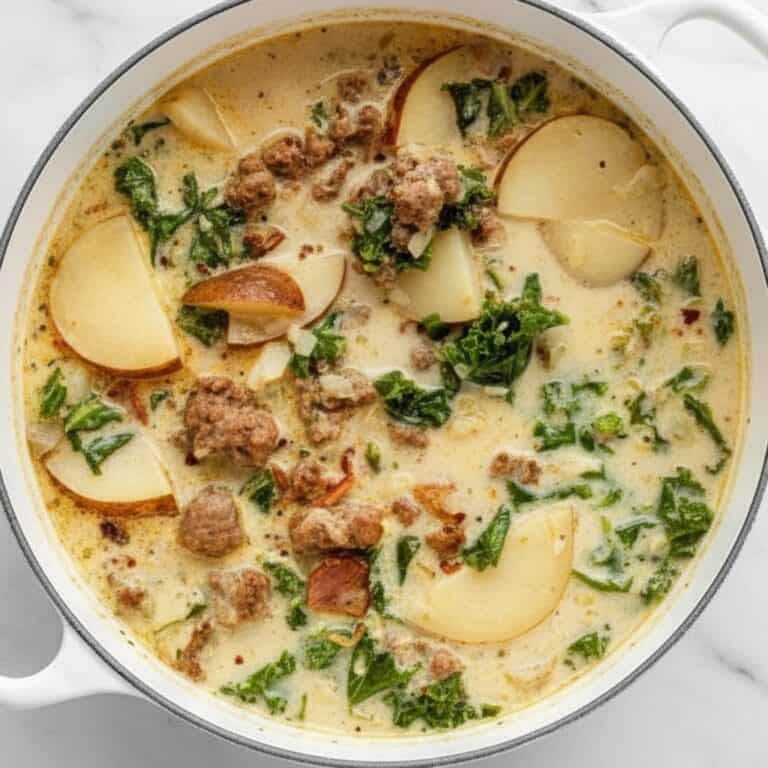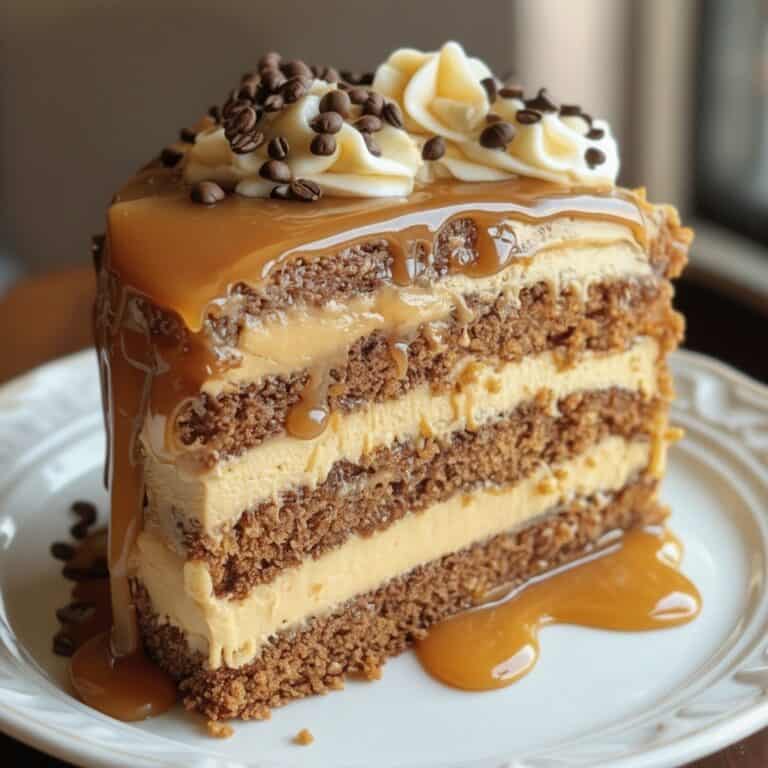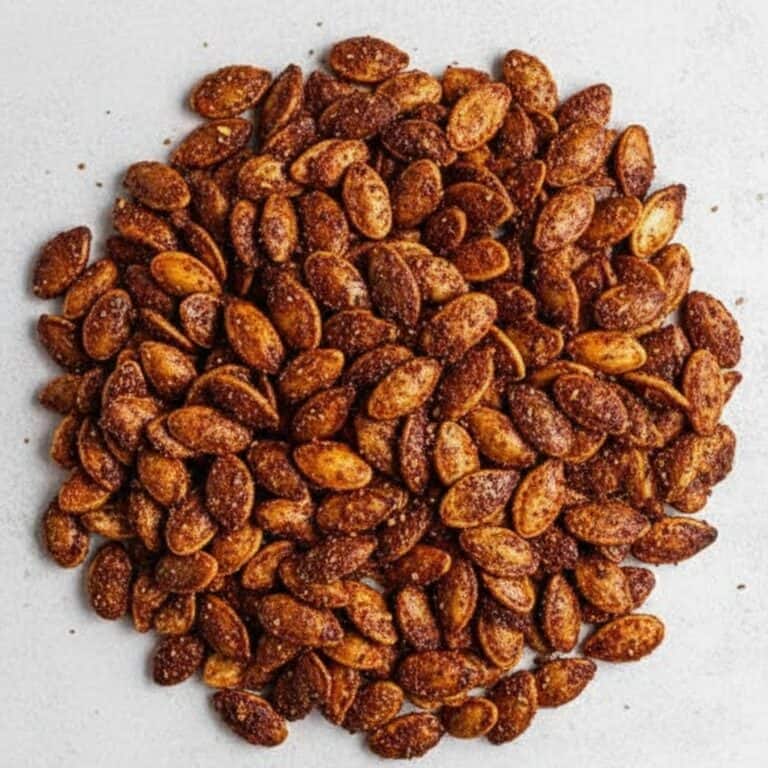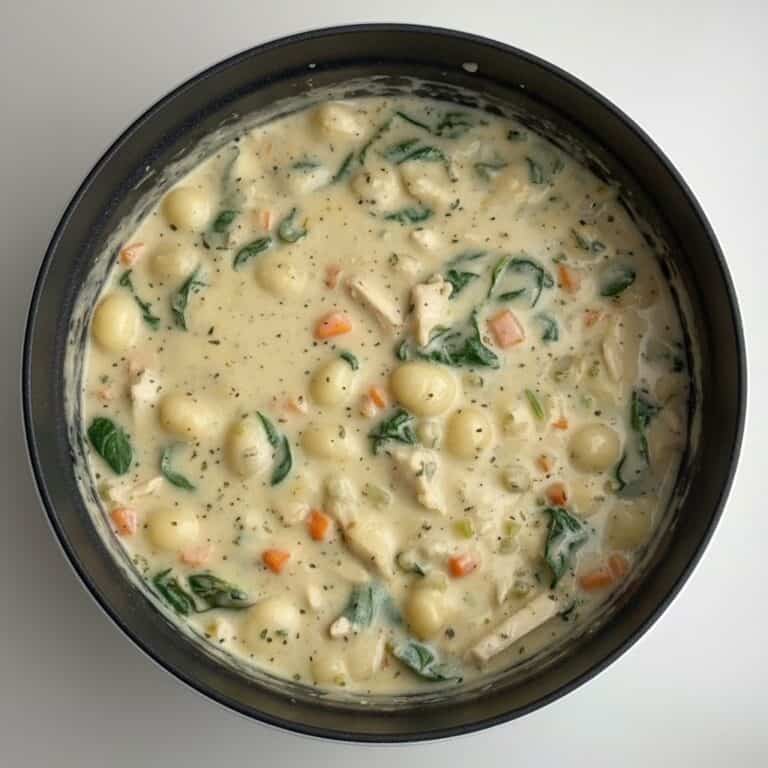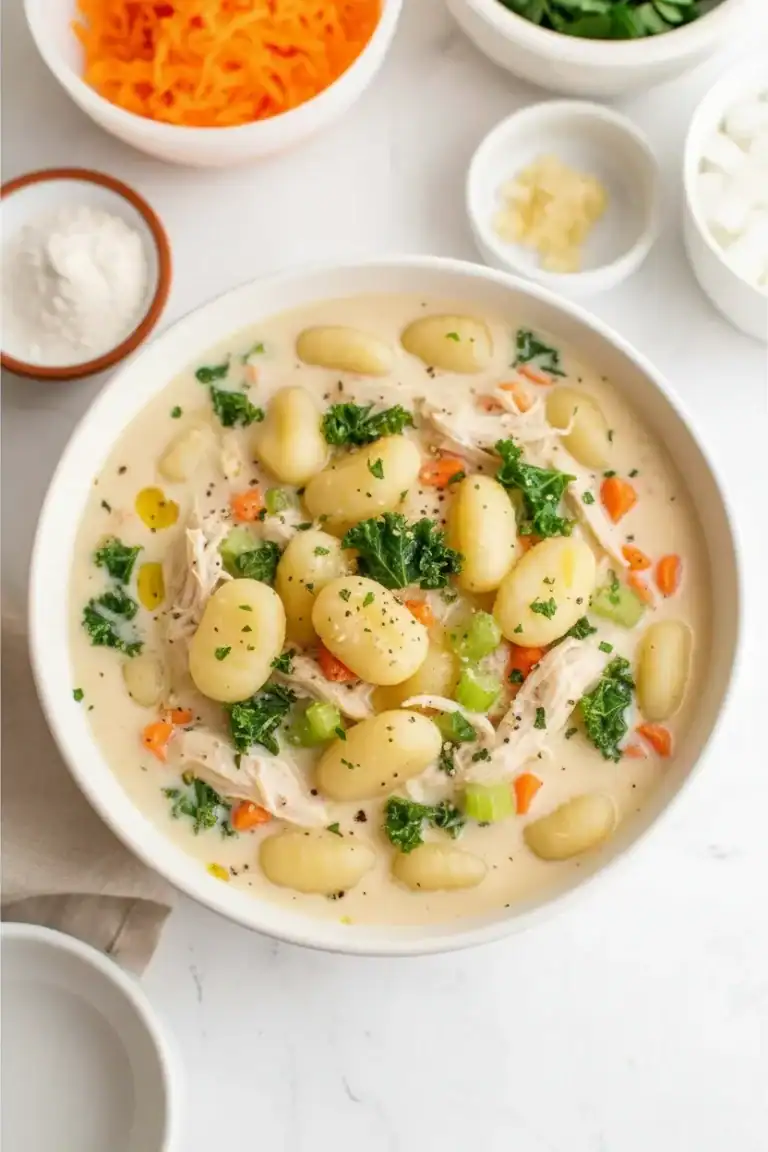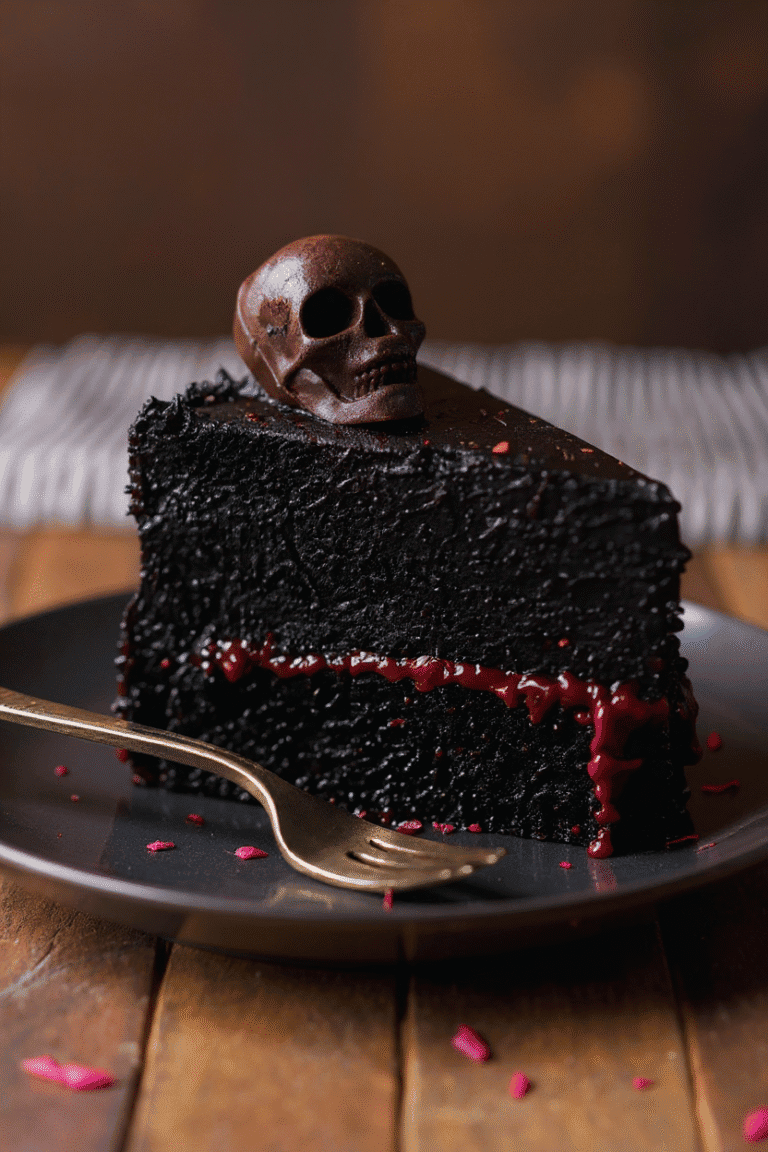French Butter Cake – Classic & Buttery Bliss
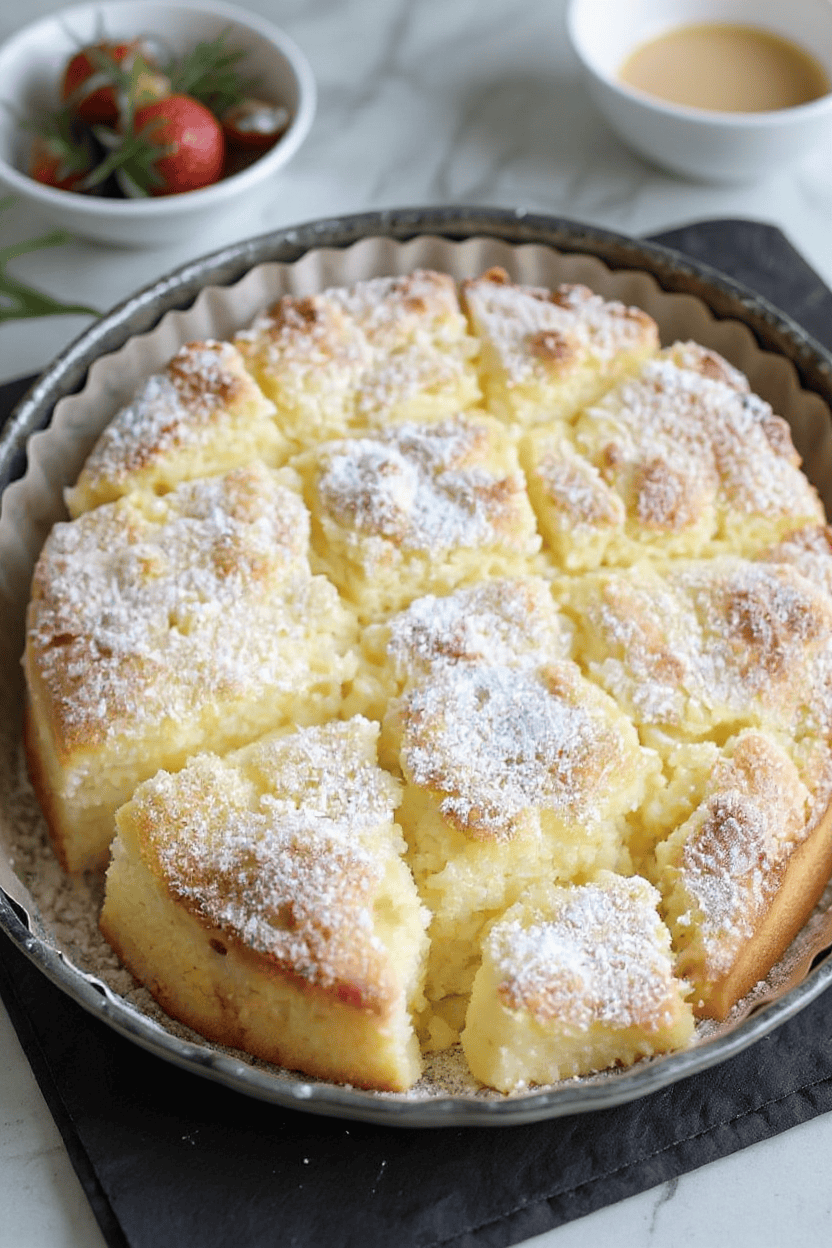
Have you ever imagined a cake that perfectly captures the charm of a rustic French bakery? A treat that is both elegantly simple and deeply comforting, featuring a golden, caramelised top and a dense, buttery crumb? If that sounds like heaven, then we are delighted to share with you our recipe for the wonderful French Butter Cake. This guide is more than a list of steps; it’s a chance to experience the joy of traditional French baking. We are here to lead you through creating this timeless dessert, which is sure to fill your home with a divine aroma and bring a smile to everyone’s face.
What Exactly is a French Butter Cake?
Originating from the stunning coastal region of Brittany (Bretagne) in France, this famed dessert is known to locals as Gâteau Breton. It is not what you might expect from a typical light, fluffy cake. Instead, it’s best described as a sublime marriage of rich shortbread and a dense, moist cake. The texture is firm yet tender and slightly crumbly, while its flavour is a bold and beautiful homage to its main ingredient: premium salted butter.
Historically, this cake was a favourite among Breton sailors, as its robust structure and high butter content ensured it stayed fresh during long sea journeys. The classic recipe is built on a few humble ingredients—flour, sugar, egg yolks, and a generous measure of excellent butter. This very simplicity is its strength, as it allows the pure, nutty notes of the butter to take centre stage. It is the epitome of a Gateau au beurre (butter cake), and after one bite, you will see why it has been a cherished classic for generations.
Why You’ll Love This Recipe
- A Deep, Buttery Flavour: The lavish use of salted butter yields a texture that simply melts in your mouth and a profound, caramel-like taste that is truly unforgettable.
- Deceptively Easy to Create: Despite its sophisticated French heritage, this recipe calls for common kitchen staples and is remarkably straightforward. We are confident that any home baker can achieve perfection!
- Versatile for Every Occasion: It is refined enough to serve as a dinner party dessert, yet simple enough to enjoy with a cup of tea. It also holds up well, making it perfect for picnics and sharing with friends.
- A Visually Stunning Treat: The gorgeous golden-brown surface, traditionally marked with a decorative crosshatch pattern, ensures this cake looks just as spectacular as it tastes.
- It Improves with Age: Unlike most cakes, the Gâteau Breton’s flavour and texture deepen and become even more delicious after a day or two, as the butter fully infuses the crumb.
Essential Ingredients for the Perfect French Butter Cake
The true beauty of this cake lies in its minimalism, which means the quality of your ingredients is absolutely key. There is no hiding place for subpar flavours, so we encourage you to use the very best you can source. Here is your shopping list:
- High-Quality Salted Butter: This is the undisputed star of the show. We suggest a European-style butter with a high percentage of butterfat. The salt is essential for balancing the sweetness and enriching the overall flavour profile.
- Caster Sugar: The fine texture of caster sugar allows it to dissolve seamlessly, contributing to the cake’s smooth and tender consistency.
- Egg Yolks: We use only the yolks to achieve an incredible richness, a beautiful deep yellow hue, and a melt-in-the-mouth crumb. You can save the whites for making meringues!
- Plain Flour: Standard all-purpose flour works perfectly for this recipe, providing the ideal structure.
- Baking Powder: A tiny amount provides just enough lift to prevent the cake from becoming overly dense.
- Good Quality Vanilla Extract or Dark Rum: A touch of either will introduce a wonderful aromatic complexity. For a truly authentic Breton taste, rum is the traditional choice.
Step-by-Step Guide to Baking Your French Butter Cake
Are you ready to begin? Let’s go through the method together. Please don’t be tempted to skip the chilling stage—it is the secret to achieving that perfect texture and making the dough a pleasure to work with.
- Ready Your Cake Tin: First things first, we must prepare our tin. Grease an 8-inch (20cm) round cake tin generously with butter and give it a light dusting of flour, making sure to tap out any excess. This step guarantees your masterpiece will release cleanly later.
- Cream the Butter and Sugar: In a large mixing bowl, using either a stand mixer or an electric hand whisk, beat the softened butter and caster sugar until the combination becomes pale, airy, and creamy. This incorporates air, which is vital for a tender final product.
- Enrich with Egg Yolks: Add the egg yolks one by one, ensuring you beat thoroughly after each is added. Once all are incorporated, stir in your chosen flavouring—either the vanilla extract or dark rum.
- Combine the Dry Ingredients: In a separate bowl, sift or whisk the plain flour and baking powder together. This simple action ensures the leavening agent is distributed evenly throughout.
- Form the Dough: Gently introduce the flour mixture to the wet ingredients, mixing on a low speed only until everything is just combined. It is important not to overmix! The resulting dough will be thick and somewhat sticky, similar to a cookie dough.
- Chill for Success: Turn the dough out onto a sheet of cling film, pat it into a disc shape, and wrap it securely. Let it rest in the refrigerator for at least 30 minutes, or up to an hour. This step is essential; it solidifies the butter, which makes the dough far easier to handle.
- Press into the Tin: Once chilled, unwrap the dough and press it evenly across the bottom of your prepared cake tin. You can use your fingertips or the back of a spoon to create a smooth, level surface.
- Create the Signature Finish: For that classic Gâteau Breton appearance, whisk the final egg yolk with a teaspoon of water. Brush this egg wash evenly over the surface of the dough. Next, use the prongs of a fork to lightly score a traditional diamond or crosshatch design on top.
- Bake to Golden Perfection: Place the tin in a preheated oven at 180°C (160°C Fan / Gas Mark 4) and bake for 35–45 minutes. The cake is done when it has turned a beautiful deep golden-brown and a skewer inserted into the middle comes out clean.
- Cool Completely: Allow the cake to cool fully in its tin on a wire rack. It is quite delicate while warm, so patience is key! Once it has cooled down, you can gently remove it from the tin.
Top Tips for Success
To ensure you bake the most amazing French Butter Cake on your first try, we have put together our most valuable tips.
- A Gentle Hand with the Flour: When incorporating the flour, mix only until you no longer see any dry streaks. Overmixing will develop gluten, leading to a tough cake rather than the desired tender, crumbly texture.
- Quality is Everything: We cannot say this enough. The flavour of this cake is a direct reflection of the butter you use. Opting for a high-quality, cultured, salted butter will elevate your bake from good to truly exceptional. To learn more about what makes it so special, you can read about the different types of French butter.
- The Chill is Crucial: Do not be tempted to miss out the chilling step. It not only makes the sticky dough manageable but also allows the butter to re-solidify, which is fundamental to creating the cake’s signature dense, shortbread-like crumb during baking.
The Difference Between French Butter Cake and Other Cakes
It can be useful to understand what sets this particular bake apart. Although it shares some ingredients with other cakes, its character is entirely its own.
- Vs. Butter Pound Cake: A typical Butter pound cake generally uses whole eggs and has a lighter, more classic cake crumb. Our French version, which relies on egg yolks and a higher butter content, is considerably denser and richer, with a crumbly quality that melts in the mouth.
- Vs. French Yogurt Cake: A French yogurt cake is known for its wonderfully light, fluffy, and moist texture, which it gets from the addition of yogurt. It’s a lovely everyday cake, but the Gâteau Breton belongs to a different class of richness and pure indulgence.
Planning Your Meal
While this French Butter Cake is a perfect finale on its own, it also beautifully complements a home-cooked dinner. If you are seeking main course inspiration that is equally simple and satisfying, we wholeheartedly suggest our Sticky Chicken Rice Bowls. The savoury notes of the main meal provide a wonderful contrast to this rich, buttery dessert. It is also an excellent follow-up to a comforting bowl of our Garlic Parmesan Chicken Pasta Recipe.
FAQ
Conclusion: Your New Favourite Bake
Creating this French Butter Cake is an experience in itself; it’s about embracing a tradition of simple, honest, and utterly delicious baking. With its intensely buttery flavour and wonderfully satisfying texture, this cake proves that you do not need complex ingredients to make something truly memorable.
We hope you feel inspired to roll up your sleeves, take out your finest butter, and bake this incredible French Butter Cake. We promise the result is a magnificent treat that you will be so proud to share. Please let us know how you get on in the comments section, and we would love for you to share photos of your beautiful bakes with us!

French Butter Cake – Classic & Buttery Bliss
Our Gâteau Breton recipe delivers a dense, moist, and incredibly rich cake with a beautiful caramelised crust. It’s a taste of Brittany you can create in your own kitchen.
Ingredients
Instructions
- In a large bowl, cream the softened butter and caster sugar together until pale and fluffy.
- Beat in 5 egg yolks one at a time, followed by the vanilla or rum.
- In a separate bowl, whisk the flour and baking powder, then gently fold it into the wet ingredients until just combined. Do not overmix.
- Wrap the dough in cling film and chill in the refrigerator for at least 30 minutes.
- Preheat your oven to 180°C (160°C Fan). Press the chilled dough into a greased and floured 8-inch (20cm) round cake tin.
- Whisk the remaining egg yolk with 1 tsp of water and brush it over the top of the dough.
- Use a fork to score a decorative crosshatch pattern on the surface.
- Bake for 35–45 minutes, or until deep golden-brown and a skewer inserted into the centre comes out clean.
- Allow the cake to cool completely in the tin before removing.
Calories: 450 kcal
Protein: 5g
Carbs: 40g
Fat: 30g

